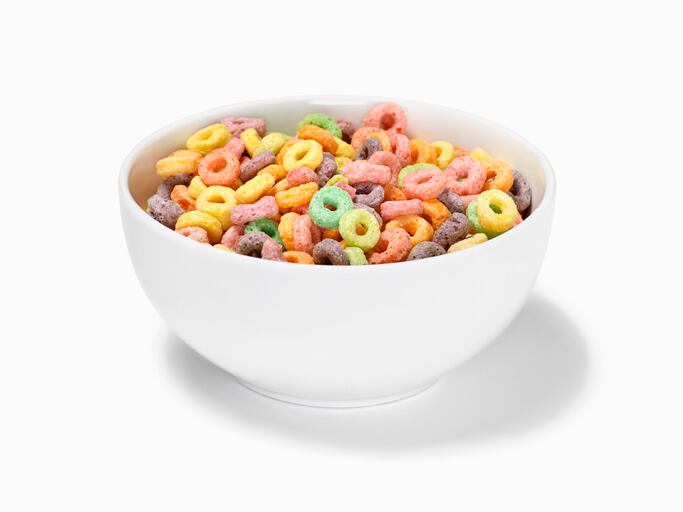In a Federal Register notice slated for publication today, FDA agreed to amend the food additive regulations to allow for the addition of up to 560 IU of vitamin D3 per 100g of breakfast cereal and up to 400 IU per 100g in grain-based bars.
Currently, breakfast cereals can be fortified with up to 350 IU of vitamin D – including both D2 and D3 – per 100g in breakfast cereals. Grain-based bars, such as granola bars, are not mentioned in the regulations, although vitamin D2 is approved as a food additive for “meal replacement and other-type bars that are represented for special dietary use in reducing or maintaining body weight,” and vitamin D2 baker’s yeast is approved as a food additive in yeast-leavened baked snack foods, according to the notice in the Federal Register.
Kellogg requested the addition in a petition filed in the summer of 2019 before the pandemic, but since then consumer interest in products with vitamin D has increased dramatically as the vitamin is associated with immunity and potentially offering some protection against COVID-19.
Research published and examined since the pandemic began suggests that higher blood levels of vitamin D are correlated with lower incidence or severity of COVID-19 and that severity of and mortality from COVID-19 is associated with lower vitamin D levels. Other research reviewed since the coronavirus outbreak suggests vitamin D3 supplementation could reduce the risk of acute respiratory tract infections.
While the near two-thirds increase in the amount of vitamin D allowed to be added to cereal is significant, FDA determined that that the cumulative dietary exposure to vitamin D3 at the 90th percentile from the resources submitted by Kellogg in the petition and other background sources is still well below the Institute of Medicine’s upper limit for all population groups for which upper limits are established.

